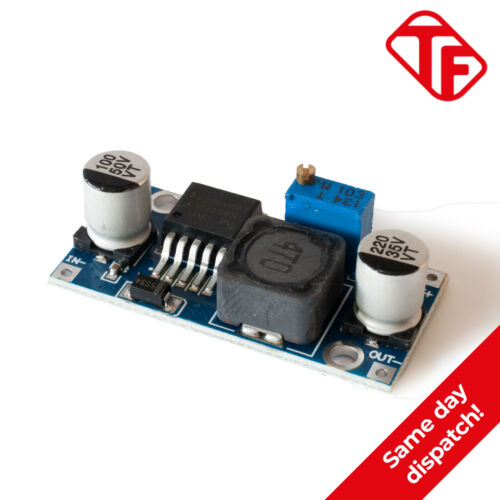I've the 24V DC @ 5A SMPS. I want to use it to power PIC16F877A micro
https://www.electronicscomp.com/g31...XLa4Wt3Dzdt5nBJJy2__e8ZN_dUjVgJBoCIfoQAvD_BwE
Which regulator IC I need to convert 24V DC into 5V DC ? Can I use 7805 ?
Input current is 5 A What's the safe input current for PIC16F877A ?
https://www.electronicscomp.com/g31...XLa4Wt3Dzdt5nBJJy2__e8ZN_dUjVgJBoCIfoQAvD_BwE
Which regulator IC I need to convert 24V DC into 5V DC ? Can I use 7805 ?
Input current is 5 A What's the safe input current for PIC16F877A ?

